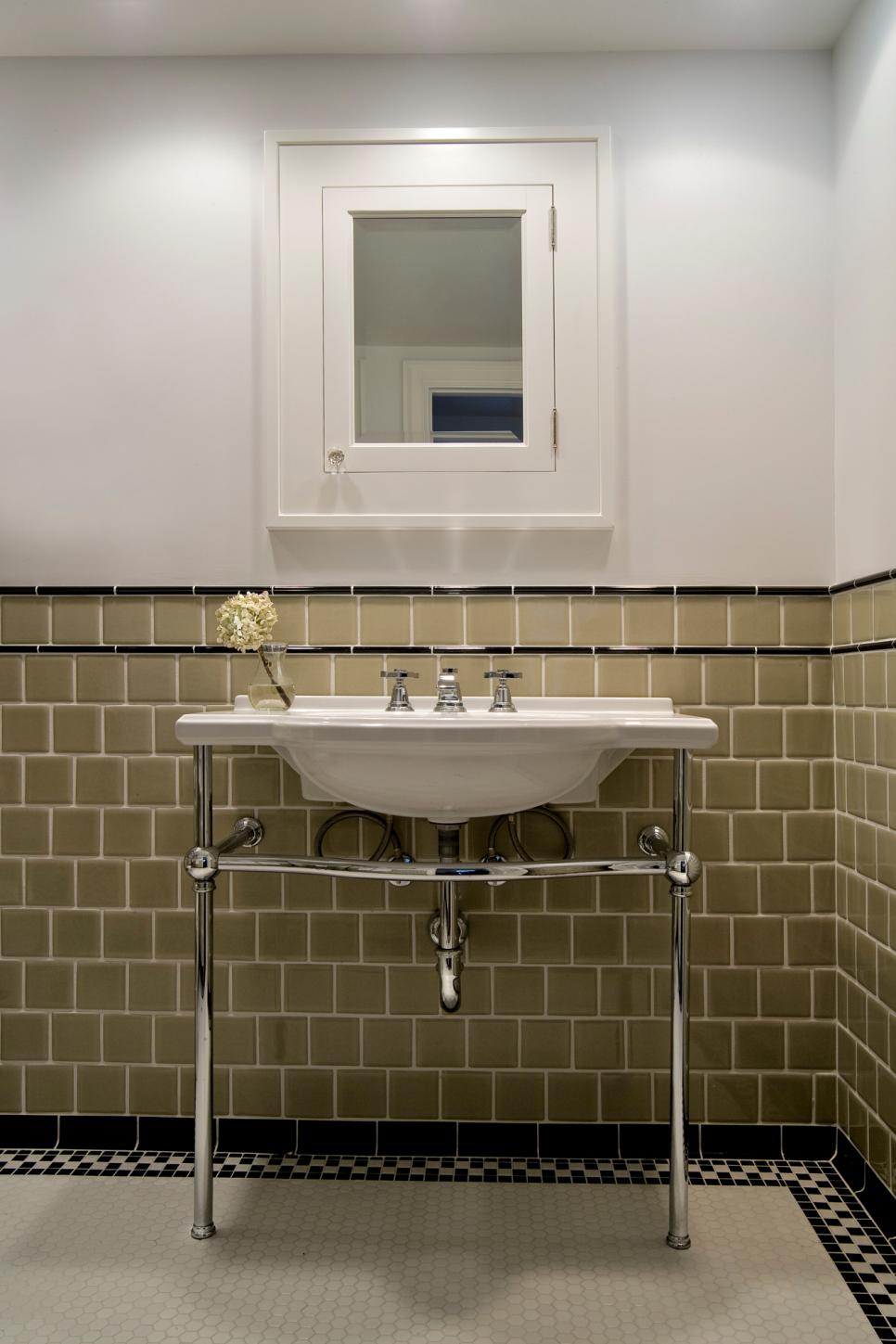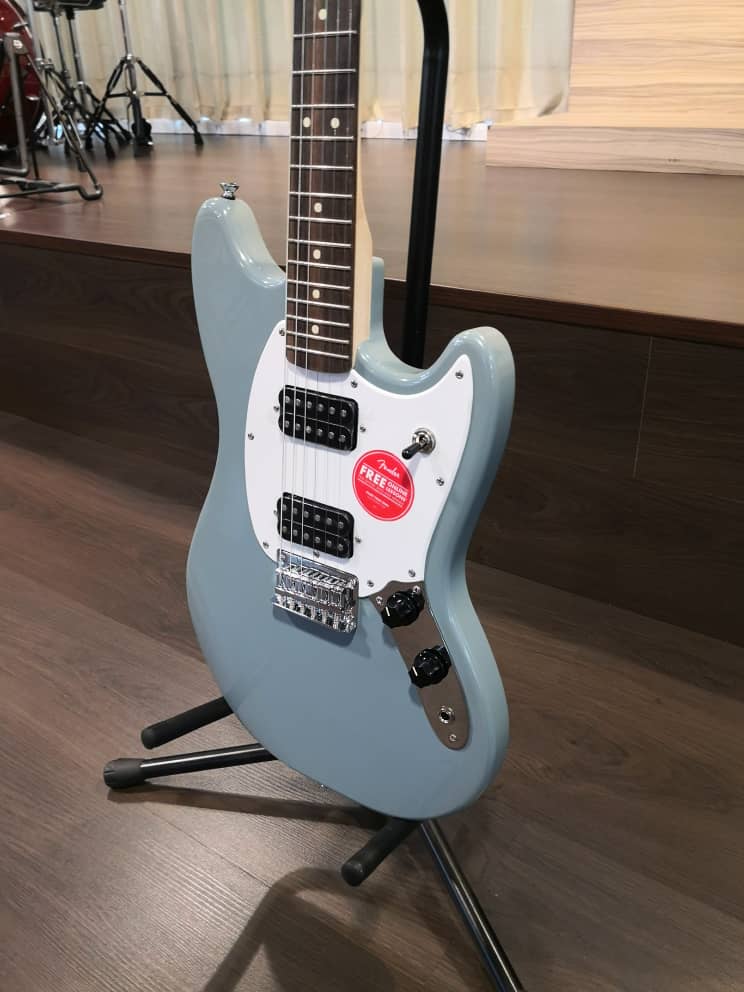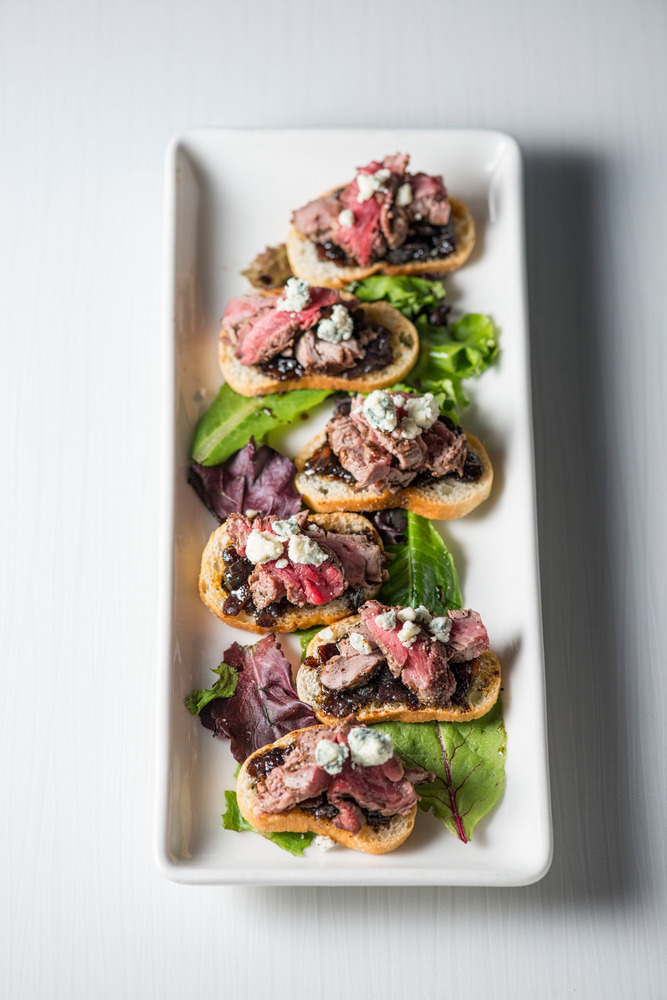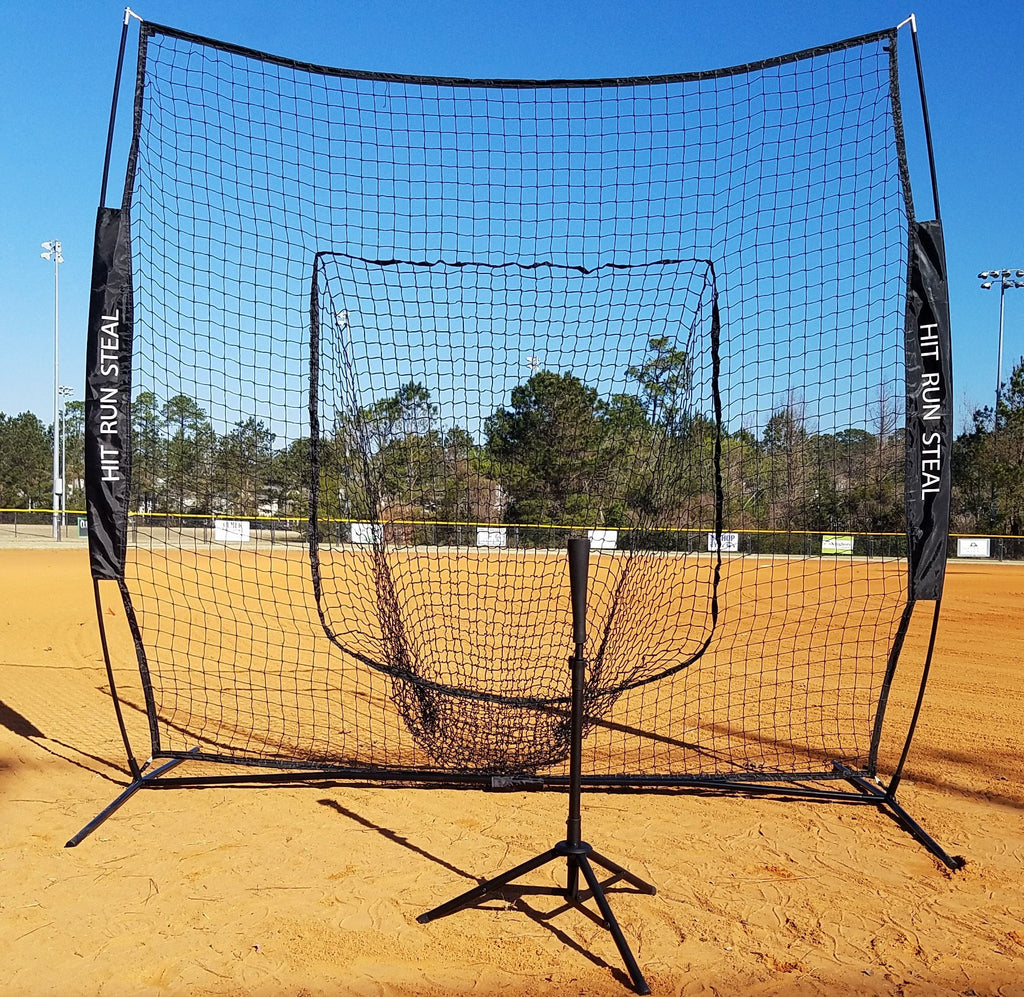Table of Content
Just add a little bit of green and now you’re good! Remember, you can always darken yourself in the field, but you can’t really lighten yourself. That is exactly why all USMC Scout Snipers make a ghillie suit out of their desert tan cammies.
Grab hold of one end of your burlap once again, but this time pull it out to where the center of the length is even with the center of the width. There are several materials that you will need before starting on your suit. The more sophisticated materials you have, the better it will be. 【Camouflage Design】Ghillie suit is designed as a protective clothing, as it allows people to blend into outer environment.
ReadyWise Emergency Survival Food Review
Nets are then dyed green, brown, black, and so on, depending on the environment you expect to be hunting in. Some people pay too much attention in making the best ghillie suit and they tend to forget that they also cover their gun, face, and boots. Make sure to cover the dark and light areas of your body, such as your face, and use burlap or mesh netting to cover them. Aside from camouflage, wearing a suit that does not hamper your movement is also important. For snipers, a ghillie suit that allows them to move without difficulty is crucial to survive and escape dangerous situations.

The 550 is a crucial part, that is what you use to tie in the vegetation that truly makes you invisible. Use enough of it, and it will act in the same way as the jute does, breaking up your outline. Always choose base colors that will match the terrain you are trying to hide in.
How to Make a Ghillie Suit in 5 Easy Steps
And of course, hunting snipers enjoy having the upper hand when it comes to camouflage because they know their prey has no idea where they’re hiding. If you want to use face paint, don’t cover your hands with burlap. Face paint is very hard to get off and you will end up with weird-looking hands. Cut your burlap fiber so that it covers the base netting in sections instead of one big sheet.

After the most time-consuming part, you’re now ready to make the outermost layer of your homemade ghillie suit. All you will need to do here is take a bunch of strands, bundle them together, then fasten the bundle under each vertical square of the ghillie suit’s netting. You do not have to sew anything on; you only have to tie the strands on the netting. Cold environments come with increased risk as well, as wet ghillie suits keep cold water trapped on your body. I have seen sniper candidates get confused due to oncoming hypothermia and began to stalk away from the course. One of the best examples of seamlessly blending rhythm & flow is when you are hiding in a tall grass field, filled with cattails, often along a waterway.
Decide on the jute
People also ask questions such as how to make a ghillie suit with burlap. There is a chance of homemade ghillie suit supplies as well and they are on high demand as well. Knotting the jute or burlap strands on the netting does not have to be complicated, either. You do not need to learn fancy knots—a simple overhand knot will do the trick.
Since then I have now made my own ghillie suit and I have learned some lessons in doing so and now I’d like to share those with you. Jute with natural vegetation can work very well to create a camo suit that matches the environment.When I filmed this video, the average temperature was 20 degrees. Since I won’t be using this to hide from anything that can shoot back at me, I opted out of this. This process removes what shine there is to the jute, giving it a more matte look. And, it allows the suit to pull in natural earth tones that provide a beautiful gradient to your jute.
Guns
Where light is excessively bright, shadows will seem much blacker because the contrast will be extreme. Matching texture can be a difficult to skill to master. Many animals have skin texture or fur with patterns that really allow them to blend into their environment well.

Keep in mind to properly place the jute and 550 to cover the “5 V’s” of the human silhouette. Leave enough drooping down your neck, over your armpits, and behind your lower back/upper legs. Prepping the 550 cord should have taken a long time. You could also just melt the ends quickly and not fray them at all, but I prefer them frayed. The human eyes (and most other mammals' eyes) are very perceptive to movement. A good deal of being sneaky is slow, steady, and calculated movement.
Terrain variance will also affect how your ghillie suit is created. For example, if you live in a snowy area, it’s best to cover it with white so that the snow doesn’t show through. You won't need netting on the top of your shirt or pants, because the jute will cover the bare spots. Just keep applying more of the burlap to the squares on your netting all over the back and sleeves of your jacket.
A real ghillie doesn’t have nylon fake leaves or strings. Jute is an earthy natural material that has a coarse feeling. It clings together and in all honesty, can be hard to work with. But those are the very traits that make it fantastic for the job. This is the most time-intensive step in the whole process of making a ghillie suit from scratch.
If you are located in Washington state and your foliage is green year round you might want more of a woodland color to your jute. LaVelle’s advice to me was to go light in color, no matter what. I thought I took his advice when I ordered jute in a color mixture called “dead grass.” Now I know, I made a mistake. In reality, I should have done a solid khaki color for the jute, and here’s why.
Shoot to get your burlap strands about 7" to 14" in length. If you’re a newbie, practice in your backyard before heading out to your hunting area. Cover up the grass and weeds in an area where you would like to sit and wait for your prey. Fold one end of the burlap over on top of itself by a few inches so that it is even with the twine. Take your twine and lay it down vertically along the length of your burlap sheet.
How to Make a Ghillie Suit (Marine Sniper Explains)
If you make the suit in the right way, then it will blend in with the terrain. Making a ghillie hood is literally a different way to achieve a ghillie hood. The best way to do this is to cut a circular piece of mesh net and literally lace it like a veil across your head. (This appears to come off easily.) The second approach is to tack a circular piece of net across a cap, with the same method you used to bind the mesh straps to the outfit. Often pick the base colors that complement the terrain you’re trying to cover.





















